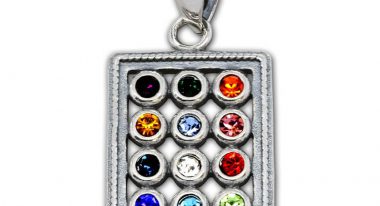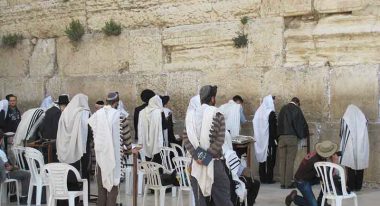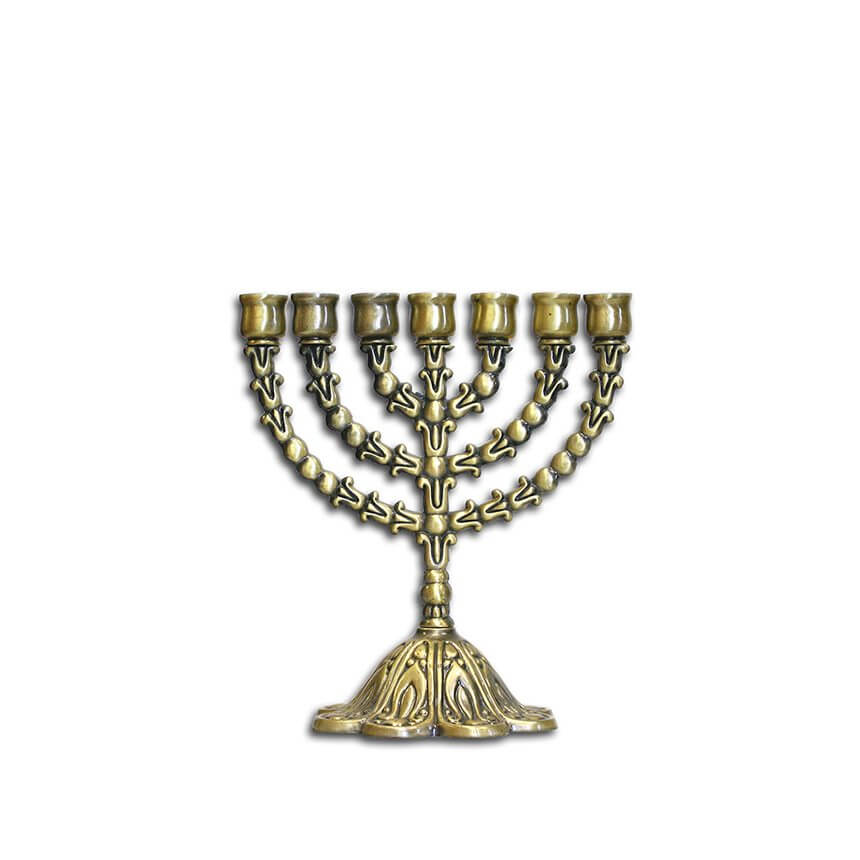
Menorah
The word “Menorah” translates from Hebrew as a lamp or a chandelier. It is believed to be the main symbol of Judaism. The origin of the Menorah takes its roots to the days of the Exodus.
On Mount Sinai, Moses received from God all the necessary instructions about how to build and use the Menorah.
Since then, the Menorah is not only a religious symbol of the Jewish people, but also the national emblem of the State of Israel.
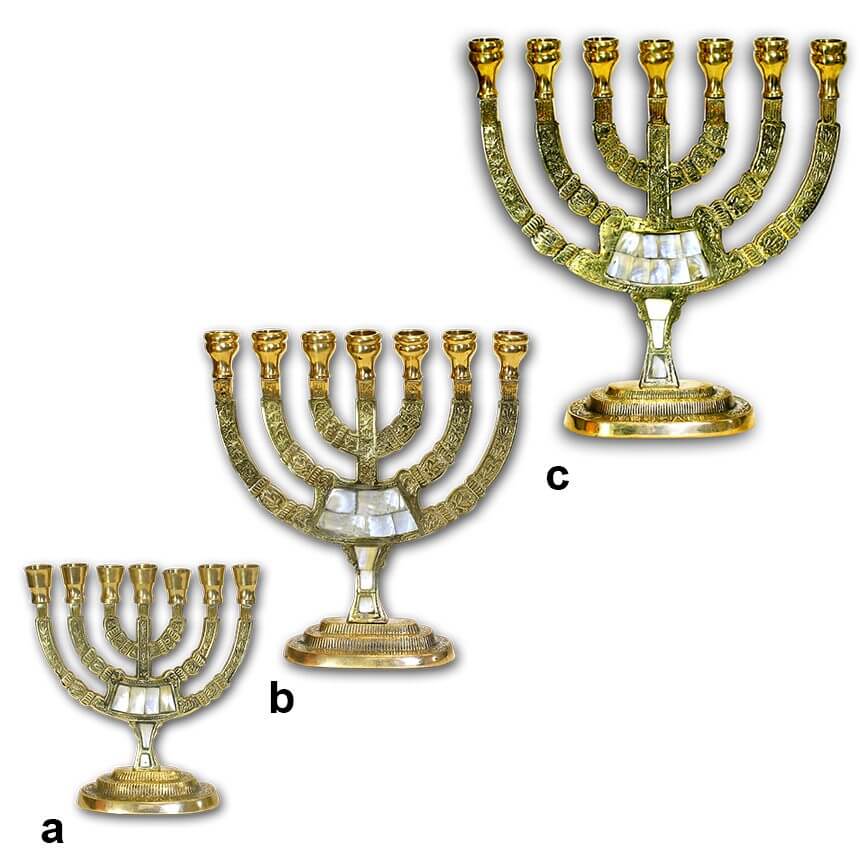
Initially, the Menorah was cast of gold and placed in the tabernacles or in the Temple. But after the destruction of the Temple, Menorah’s whereabouts is unknown. Today the most popular materials for Menorah are copper and silver. Silver Menorah is astonishing in its splendor and purity of the spiritual light. The structure of the Menorah remains unchanged for thousands of years. By its importance among other ancient religious relics Menorah is inferior only to the Arc of the Covenant and the Tablets of the Covenant. However, the most important relics have been hidden from prying eyes, unlike Menorah, whose beauty is available to anyone.
The Knesset Menorah is a five meters high bronze monument that stands today in front of the Knesset. It depicts 29 important events in the history of the Jewish nation.
Classic Menorahs differ only in material and size, which leaves the choice to our preferences and taste.
Special attention should be given to the symbolism of the number seven, as seven branches of this lamp are its most important feature. According to the Jewish philosophy, this number brings harmony to all natural forces of the universe. The cycle of creation consisted of seven days, the last of which is the sacred Shabbath. The number seven is the foundation of the G-d’s word according to the Bible, where this number was used more than 730 times.
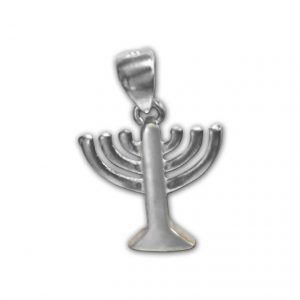
By its shape, Menorah in a way resembles the Tree of Life, which grew in the Garden of Eden. It is no accident that Kabala sees the Menorah as necessary means of protection and prolonging of the life.




